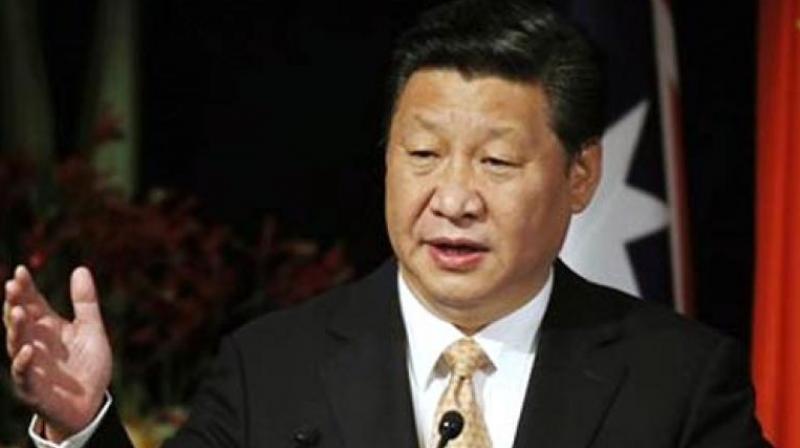Why Xi is unwise to scrap maps

President Xi Jinping of China is not a person who would take any decision in a hurry — least of all one that affects his country’s security and territorial integrity. Weeks, if not months, must have preceded his momentous decision to destroy all the old maps depicting China’s frontiers and, thus, affirm the existing, current maps as the only ones to be valid.
China has land borders with 14 countries and maritime borders with at least nine other countries. The People’s Republic of China was established 70 years ago in 1949. Since 1960, it has settled its boundaries with 12 of the 14 countries with which it shares land borders. They are Myanmar, Nepal, North Korea, Pakistan, Mongolia, Afghanistan, Laos, Vietnam, Kazakhstan, Kyrgyzstan, Tajikistan and Russia.
Its land boundaries remain unsettled only with India and Bhutan — with India, actually because Bhutan will proceed ahead once India settles the boundary dispute with China. The territory in contention with Bhutan is not large but is of strategic significance. Before we come to the tearing up of old maps, one historical fact must be borne in mind. The linear boundary arrived in Asia long after it won acceptance in Europe’s boundary treaties. Asia had frontier ‘zones’ called ilaqas. Colonial rulers drew some lines on maps such as the Durand Line with Afghanistan, and the McMahon Line with Tibet, which China took over in 1950.
What India’s prime minister Jawaharlal Nehru overlooked was that, from 1949 to 1959, China did not contest the McMahon Line. Its area of vital interest was the Aksai Chin in Ladakh. Its Tibet-Xinjiang Highway ran through it. Likewise, India’s vital interest was the McMahon Line in the east. China did not protest at all when India ousted the shadowy Tibetan administration in Tawang in February 1951.
On July 1, 1954, Nehru took a fateful and unwise step. In a memorandum to senior officials of the external affairs ministry he directed:
“All our old maps dealing with this frontier should be carefully examined and, where necessary, withdrawn. New maps should be printed showing our northern and north-eastern frontier without any reference to any ‘line’. The new maps should also be sent to our embassies abroad and should be introduced to the public generally and be used in our schools, colleges, etc. Both as flowing from our policy and as consequence of our agreement with China, this frontier should be considered a firm and definite one which is not open to discussion with anybody. There may be very minor points of discussion. Even these should not be raised by us. It is necessary that the system of check posts should be spread along this entire frontier. More especially, we should have check posts in such places as might be considered disputed areas.”
He was thus shutting the door to compromise. In April 1960, China’s prime minister Zhou Enlai arrived in New Delhi with a large delegation that included his foreign minister. In private talks with Nehru, he accepted the McMahon Line but insisted on Nehru’s acceptance of China’s line in the Aksai Chin — a pre-eminently sound solution.
But Nehru felt himself bound by his new maps, which had won public acceptance. He rejected the offer. In 2019, India would be only glad to accept China’s offer in 1960. But China has since revised its terms — India must first concede Tawang to the south of the McMahon Line.
Therein lies the significance of President Xi Jinping’s decision. As with Nehru in 1954, so with him in 2019 — the map ties his hands. The new map will make a settlement based on a compromise difficult, if not impossible.
In international law, maps are of little worth. To begin with, they are not documents of title. If annexed to a boundary treaty, they are treated only as illustrations — it is the written text that prevails. If opposed to a country’s boundary claims, they might be regarded as an admission.
As has been well said, boundary-marking is the task of a surveyor — boundary-making is the task of a statesman.
By arrangement with Dawn

